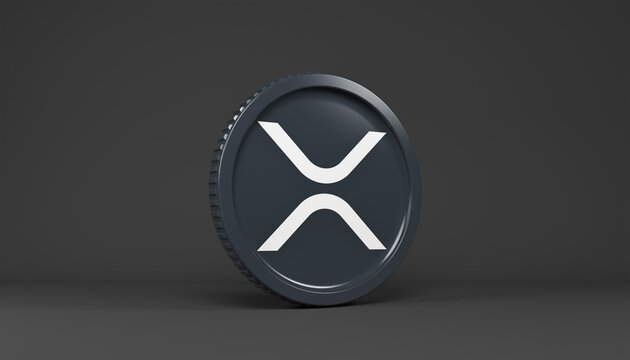ARTICLE AD
Ethereum co-founder Vitalik Buterin has voiced concerns on X about the potential risks associated with Ethereum’s Layer 2 (L2) scaling solutions.
Buterin’s warnings come amidst a surge in interest in L2 technologies, which promise to improve Ethereum’s scalability and reduce transaction fees. However, he cautions that these advancements could carry significant risks of permanent financial losses due to inherent vulnerabilities.
Honestly I'm about 3x less confident in the "simplify L1 even at the expense of more complicated L2s" concept than I was five years ago. The challenge is that when you can trade off between L1 bug risk and L2 bug risk, it's not actually clear that the latter is better!
— vitalik.eth (@VitalikButerin) February 21, 2024Buterin drew a stark comparison between the potential repercussions of system failures at Layer 1 (L1) and Layer 2 levels. He pointed out that while L1 failures can typically be corrected with limited long-term impact, L2 flaws pose a much graver risk, potentially leading to irreversible losses for users. This contrast, he argues, necessitates the implementation of stronger security measures in L2 solutions similar to those safeguarding L1.
To enhance the security and reliability of L2 frameworks, Buterin advocates for the integration of features that are standard in L1 solutions. This strategy is aimed at reducing the risks tied to the intricate smart contracts and the decentralized nature of L2 solutions, which are especially susceptible to bugs and vulnerabilities.
Buterin also revisited the debate on the trade-offs involved in simplifying L1 protocols at the expense of complicating L2 solutions. Marking a significant shift in his perspective, he now questions whether the advantages of simplifying L1 justify the complexities and potential risks that arise at the L2 level. In his viewpoint, a more balanced approach is necessary to reduce risks across Ethereum’s two-layer infrastructure.
Further, the ethereum co-founder challenged the idea that scaling efforts should be confined to the L2 level. He used a hypothetical scenario to underscore the dire consequences of a consensus failure in L1 compared to a bug in L2, emphasizing the heightened risk of permanent financial loss in the latter scenario.
The recent discussion follows, Buterin’s previous comments regarding the promising role of artificial intelligence (AI) in enhancing the security of the Ethereum network. He is particularly “excited” about AI’s role in formal verification and bug detection in code. Buterin pointed out that “bugs in code” represent Ethereum’s “biggest technical risk,” emphasizing the transformative potential of AI in addressing this challenge.
Buterin’s confidence in AI complements the sector’s broader resurgence, underscored by significant developments from OpenAI and remarkable achievements by Nvidia. This revitalization is further evidenced by the surging prices of AI-focused tokens, some of which have more than doubled in value over the past week, according to CoinGecko data.

 1 year ago
62
1 year ago
62 

